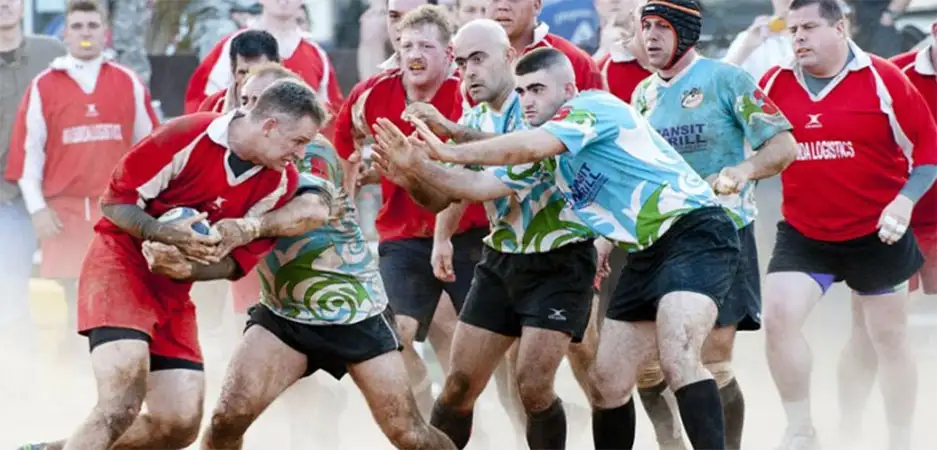-
AllAnytime Fitness Gym Art Beer Of The Week Blog Bus Fares Bus Service Business Business Expo C2C Care Care Home Charity Children Christmas Cinema City Status Cliffs Pavilion Cliffs Pavilion Review Cocktail Recipes College Community Competition Construction Coronation Coronavirus Dannielle Emery Design Easter Education Electoral changes Leigh on sea Emma Smith Employment Emsella Chair Environment Essex & Suffolk Water News Essex Police Essex Wildlife Trust News Events Family Fun Fashion Festival Film Finance Fitness Food Food & Drink Football Foulness Bike Ride Fresh Face Pillow Company Gardening General Election Hair & Beauty Halloween Harp Havens Havens Hospice Havens Hospices Havens Hospices Health & Fitness Health & Beauty Health & Fitness Healthwatch Southend Historicaleigh History Holidays Housing Indian Indirock Jubilee Karen Harvey Conran Kids Kids Blogs Kids Competitions Kids Reviews Lazydays Festival Legal Legal Eagle Leigh Art Trail Leigh Folk Festival Leigh Library Leigh On Sea Finds Leigh Road Leigh Town Council Leigh Town Council Press Release Leigh on Sea Leigh on Sea Sounds Leigh on sea Folk Festival Leigh on sea Marathon Leigh on sea Town Council Leigh on sea man breaks marathon record Leigh on sea news Lifestyle Livewell Southend Press Release LoS Shop London London Southend Airport Los Shop Marathon Melinda Giles Mortgage Angel blog Mortgages Motherofalloutings Mughal Dynasty Music My Mortgage Angel MyLoS NHS News News Newsletter Offers Outfit Of The Week Palace Theatre Parenting Parking Pets Picture Of The Week Pier Politics Press Release Press Release Southend City Council Professional Property Property Of The Week RSPCA Ray Morgan Re:loved Recipes Recycling Restaurant Restaurant Review Restaurants Review Roads Rotary Club Royal Hotel Royal Visit SAVS Schools Seafront Shopping Shows & Music Review Shows & Music Shows & Music Review Southend Southend Airport Southend Borough Council Press Release Southend City Bid News Southend City Council Southend City Council Press Release Southend City Council Press Release Southend Community Safety Southend Hospital News Southend In Sight Southend In Sight Southend In Sight Press Release Southend on Sea Sport The Mortgage Mum The One Love Project The Ship Hotel Theatre Theatre Blog Theatre Review Theatre review Transport Travel Travel Veolia Village Green Volunteer Weddings Whats On c2c
The Psychology Of Sports Injuries

The Psychology Of Sports Injuries
The effect that a sports injury can potentially have on someone who is usually reliant on exercise as a release can be detrimental, causing the rehabilitation process to become an upwards struggle. Sports therapists are not just aware of the healing process, but the psychological well-being of the client. Positive reinforcement and setting goals are just two tactics that a sports therapist will use to aid the healing process.
When an athlete has been injured at an acute level, then there are a number of stages in psychological response that they may go through:
#1 Denial
The first is usually denial; convincing themselves that things are not as bad as they seem. Telling themselves that they will be able to “walk it off”. However, once the realisation kicks in and the injured person understands that the injury may be worse than they original thought they enter the second phase.
#2 Bargaining
The injury is painful, there is obviously some damage, but it’ll clear-up overnight and they won’t need to have a long rest period.
#3 Anger
If the injury is still lingering after a time, the athlete may become angry with both themselves and the situation that lead to the injury. It wasn’t their fault, they planned on staying home but work was crazy today and they had to get outside to burn off some steam.
#4 Depression
Often the 4th stage is depression; they just want to train but this one tiny problem is stopping them. Why won’t this pain go away?
#5 Acceptance
The final stage is acceptance. The realisation that there is actually an injury here that needs to be addressed. Acceptance is when the athlete will hopefully begin to pull their act together and start to put a plan together in order to get better and move forward.
It’s worth noting that not all of these stages are felt by everyone, and sometimes they are felt, but are in a completely different order. The most important thing to remember of course is accepting that there is an issue, and not to ignore it before it becomes worse.
If we think about a chronic injury for a runner slowly getting worse over time, a runner who trains for regular events, for personal improvement and a social development, to have an injury slowly getting worse and inhibiting them from running can have a direct effect on that individual’s lifestyle. The first step for this example would be of course to seek professional advice. Knowing exactly what the problem is can instantly relieve the runner and stop so many other thoughts lingering in the back of their head; will it snap? Can I ever run again? What is the injury exactly? Sometimes the injured athlete will head to the internet for some information only to further worry themselves! Speak to an experienced qualified therapist for the best diagnosis and from there you can make a plan of action.
Methods of psychological rehabilitation
Setting goals in the rehabilitation plan is key for the athlete to stay positive and motivated. If there are no solid timeframes it can feel much longer to the athlete, and therefore demoralising. When the negative feelings begin to linger, so does the will to participate in rehabilitation. Something commonly given to an injured athlete is homework to complete on a daily basis in order to speed up and give the injury qualitative healing process. With a less enthusiastic attitude, there is a higher likelihood that days will be skipped, or not performed as regularly/effectively.
Goals should always be set at an achievable level. It won’t be any good to inform the athlete that after 3 weeks they would be able to train at a full performance level if it’ll realistically take 3 months! For a correct timeframe it’s very much dependant on the severity of your injury, your willingness to adhere to the ‘take home’ exercises, even age, diet and sleeping patterns can have an effect. The goals set should always be broken down into sections to have smaller targets to reach, such as a cyclist with a quadriceps strain to be able to cycle on a resistance machine for 10 minutes pain free, or to weight bear with no change in posture to compensate for the pain felt at the site of injury. These smaller targets give the athlete a better scale of progression in the rehabilitation rather than starting at square one and having no targets until able to perform pain free once again. In doing this it also encourages the athlete to continue with the programme and believe in the plan laid out.
Using imagery in the rehabilitation process is a great way to keep stress levels down. This isn’t something a sport therapist would be able to help with, rather it’s something individual to the athlete. Perhaps it’s picturing the perfect training run or tennis match. During rehabilitation exercises and everyday life when you worry about the injury, imagery is the best thing to do to remind you there is an end-goal and it will be reached.
Self-talk is another way to keep your mind on the right path. Again when the pain seems too much, or the programme seems to never get closer to the end, give yourself positive encouragement. It’s important to do this out loud to really have an impact. Phrases like “You can do this” or “Think of when the pain has gone” can be the difference between giving up and persevering.
When the day comes and the therapist gives you the all-clear to train, one last hurdle for you to jump is that fear of re-injury in the back of your head. Remember if you have any worries or feelings of doubt, speak with your therapist and they will give you those words of encouragement you need. If you train with a lack of confidence it will affect your performance and can ultimately lead to the one thing you don’t want to happen, re-injury. Often when you think about one thing constantly it is inevitable that it’ll happen. If you had a job interview for the career of your dreams, but the interviewer had a really high pitched voice, in the back of your head you may be saying to yourself “don’t laugh!” but of course that makes it all the harder. If you were to think of something else entirely it would be completely forgotten about. Use the same method in training when that day comes! Forget about the injury, of course you will probably need to start slowly, but you will do yourself a big favour trying not to think about what could happen.
For more sports injury advice, please visit our physiotherapist in southend or call us on 01702 714 968.
ADD A COMMENT
Note: If comment section is not showing please log in to Facebook in another browser tab and refresh.























